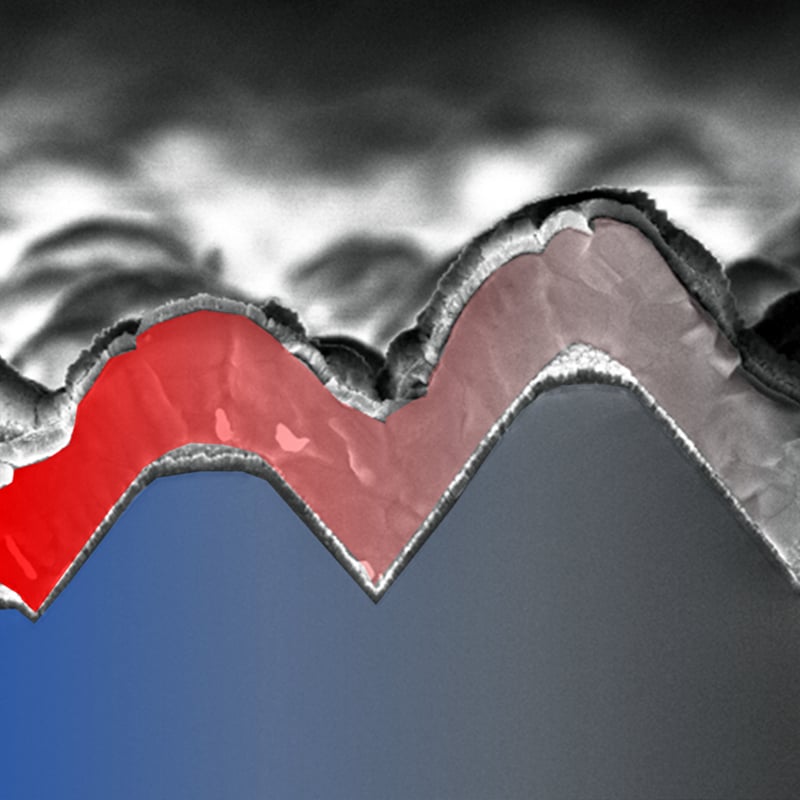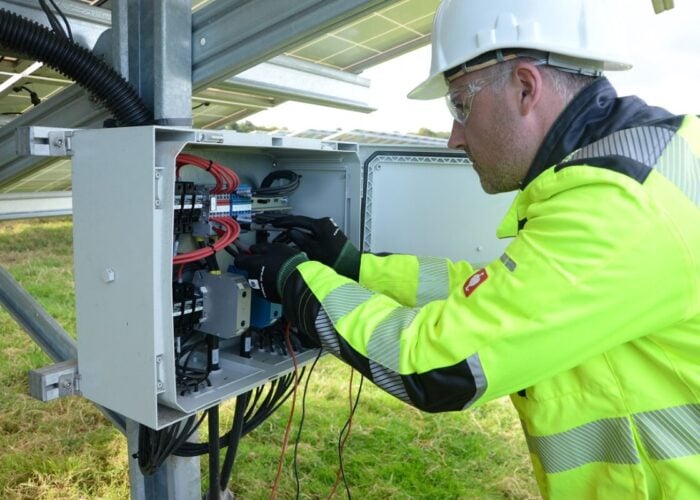
Researchers at EPFL’s Photovoltaics and Thin Film Electronics Laboratory and CSEM’s Sustainable Energy Centre have claimed two world records by achieving an efficiency of over 30% for perovskite-on-silicon-tandem solar cells.
The results have been independently certified by the US DOE’s National Renewable Energy Laboratory (NREL), the organisations said.
Try Premium for just $1
- Full premium access for the first month at only $1
- Converts to an annual rate after 30 days unless cancelled
- Cancel anytime during the trial period
Premium Benefits
- Expert industry analysis and interviews
- Digital access to PV Tech Power journal
- Exclusive event discounts
Or get the full Premium subscription right away
Or continue reading this article for free
“These results are a boost to high-efficiency photovoltaics and pave the way toward even more competitive solar electricity generation.”
They said that current solar cells are “fundamentally limited by the materials they are made from” because they are silicon-based with maximum efficiencies predicted to be 29%, while current efficiencies standing at around 27%, leaving little room for improvement.
The researchers said they had improved the efficiency of two kinds of perovskite-on-silicon tandems. First, they deposited perovskite layers from solution on a planarised silicon surface, reaching a power conversion efficiency of 30.93% for a 1cm squared solar cell.
Second, they used a hybrid vapor/solution processing technique compatible with textured silicon surfaces to produce a solar cell with a power conversion efficiency of 31.25% (again on 1cm squared cell).
“These results constitute two new world records: one for the planar and one for the textured device architecture. The latter approach provides a higher current and is compatible with the structure of current industrial silicon solar cells,” the researchers said.
“Halide perovskites have been identified as an ideal partner for silicon, as they can convert visible light more efficiently to electrical power in comparison to silicon alone, without overly increasing fabrication costs,” the research institutes said.
“We have passed a psychological barrier,” said Christophe Ballif, head of the EPFL Photovoltaics Laboratory and CSEM’s Sustainable Energy Centre. “We have validated experimentally the high-efficiency potential of perovskite-on-silicon tandems.”
While, the 30% efficiency mark has already been achieved with other types of materials, namely III-V semiconductors, Ballif said “these materials and the processes used to make them are too expensive to sustain the energy transition”.
“Our results are the first to show that the 30% barrier can be overcome using low-cost materials and processes, which should open new perspectives for the future of PV.”
In June, Researchers at NREL found that a tin-lead perovskite cell can overcome problems with stability and improve efficiency, with their experiment yielding a 25.5% conversion efficiency.
In March, researchers at the Polytechnic University of Milan found that the chemical process of halogen bonding has “considerable potential for the development of a new generation of solar cells based on perovskites”, while a month earlier researchers in Saudi Arabia reported the “the first ever” successful damp-heat test of perovskite solar cells, which they claim has moved the technology closer towards commercial viability.






